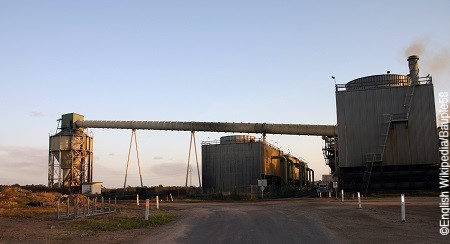Agrifood chains
Agrifood chains cover the agrifood production chain from agriculture production through to food consumption. Energy is consumed at each stage in the chain.
Globally, around a third of total GHG emissions come from agrifood systems, which rely heavily on fossil fuels.
Recent data show the trend is increasing with a 15% increment in emissions from the use of energy (electricity, heat and fuels) in the agriculture sector compared to 1990, with increases of up to 50% in developing regions of Africa, Latin America and Asia.
Finding viable renewable energy solutions that support value chains in developing countries can represent one of the most effective strategies to curb this trend and address climate change, leading to poverty reduction, sustainable agriculture, and the creation of jobs.
Renewable energy can also support efforts in reducing food losses while minimizing GHG emissions. Globally around 14 percent of the food produced is lost between farm and retail stages of the food value chain. In developing countries, lack of access to energy to power storage and processing infrastructure is a major challenge. It is estimated that if developing countries had the same cold storage capacity as developed countries, over 200 million tonnes of food could be saved annually. This requires energy, and in areas where access to energy can be limited, absent or unreliable, renewable energy solutions can provide a viable and efficient option.
Each solution depends on the country, the context and renewable energy option available. FAO assists countries in understanding how best to use energy along the agrifood chain and which energy options are available and suitable.
While both energy efficiency gains and the use of renewable energy can contribute to achieving net zero food chains, it is essential to ensure that this does not lead to a reduction in food production and food quality.
The Energizing Agriculture Assessment Tool (EAAT)
The Energizing Agriculture Assessment Tool (EAAT) provides insight into the energy use of an agriculture value chain. It assesses current energy use, needs, energy intervention options and the related economic and GHG emission levels during production and processing. The tool helps understand where the use of energy could be further improved, and where energy issues might cause operational bottlenecks. Users can select possible energy interventions by substituting equipment and/or energy sources across the value chain, including renewable energy technology. The tool also reveals possible economic and energy savings and potential to cut emissions.
By helping to understand the agriculture and energy nexus, the EAAT tool can be used to make informed decisions on agroindustry and development, climate change adaptation and mitigation, the related sector policies, and ultimately country NDCs.


